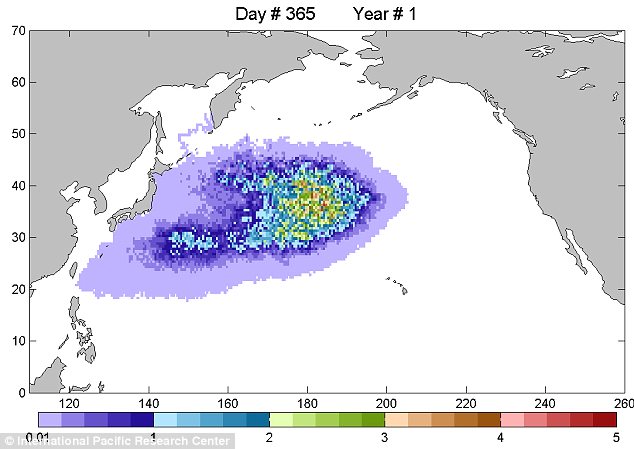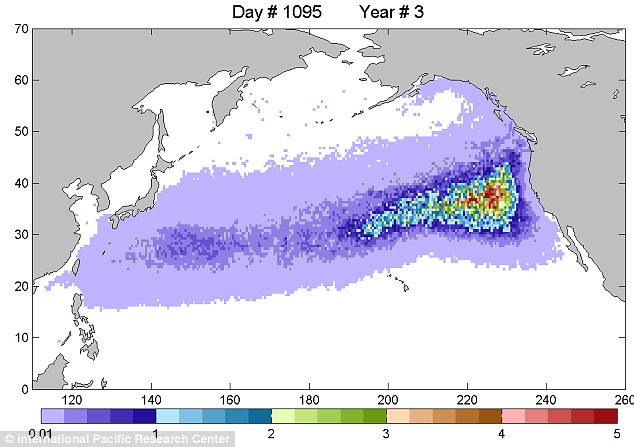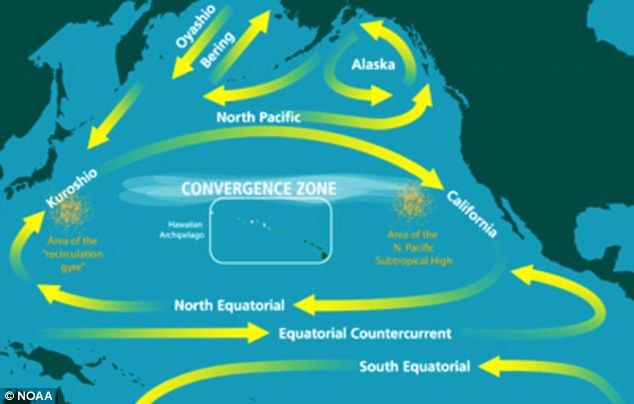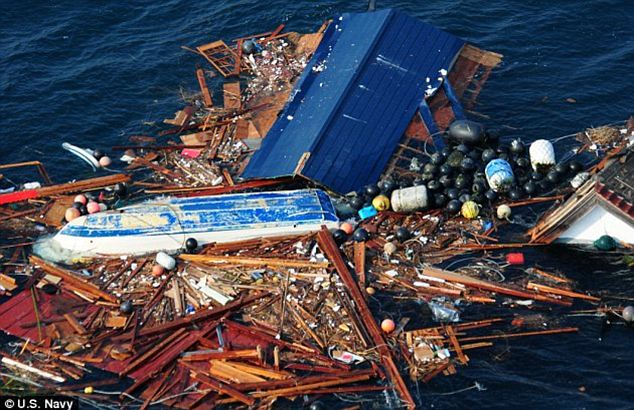It is safe to say that the earthquake and tsunami that destroyed a major part of Japan in 2011 was one of the worst in history. There were more than 200,000 buildings washed away completely from the waves that followed the earthquake, which registered 9.0 on the Richter scale. Just days after destruction, people reported seeing saw cars, tractors, capsized ships, and even full, complete houses floating in the middle of the ocean.
Curtis Ebbesmeyer, a U.S. oceanographer, said that he had expected debris to wash up even after three years of the storms. From his years tracking debris from storm he is able to make the gruesome prediction that human feet still in the shoes will be washed up on the West Coast. Several thousand bodies had washed out to sea after the major disaster. If the bodies stay in water too long, the limbs start decomposing and falling off – hands, arms, legs, and feet still wearing the owner’s shoes. Ensign Vernon Dennis had told a news channel that it was difficult to move around if you had a job out in the ocean because of the propellers and fishing nets catching all the debris that’s there.
Right after the storms, the U.S. Navy’s 7th fleet was spotting trash and debris out in the ocean. They had never seen anything like it and had actually put out warnings to other ocean traffic. Larger debris such as the houses obviously posed threats to travel. Scientists who study these disasters say it would only take a year for the debris to reach the West Coast, ending at Washington, Oregon, and California. Ebbesmeyer also said that after coming to the West Coast the debris will turn around and travel to Hawaii, eventually getting back to Japan in the cycle known as the Pacific Gyre.


Ebbesmeyer had been studying debris such as Nike shoes, plastic bath toys, and hockey gloves that had fallen from Asian cargo ships. After the 2011 tsunami he started tracking debris from the wreckage caused by the storms. He solely relied on beachcombers to come forward and report what they found and where exactly it was found. The reason Ebbesmeyer was so keen on having people report the debris was in case any of it happened to be radioactive, since Japanese nuclear power plants were also damaged by the storms.
James Hevezi, chairman of the American College of Radiology Commission on Medical Physics, explained that anything that washed up on the West Coast would have low levels of radioactive materials after having traveled so far through the ocean.
There was only a small portion of debris that washed ashore, even though there was thousands of pieces. Each piece of debris had its own buoyancy and was made up of different materials, and these were things that determined how fast it traveled, whether or not it sank right away, and other factors. Ebbesmeyer compared the debris to grinding up a city’s garbage and sprinkling it on the water. Larger items like fishing vessels would have shown up in a year, whereas lumber and household items would have probably taken two or three years. Some other items may continue being caught up in the North Pacific loop for a long time; probably taking about six years to make it to shore.

According to Curt Peterson, a coastal oceanographer and professor at Portland State University, the material that reaches the West Coast will be a mere fraction of how much was destroyed by the storm. Some of the debris will break up in transit and some of it will head up to the Gulf of Alaska. If the debris hadn’t found its way to the West Coast, then it might get caught up in the Great Pacific Garbage Patch, which is a swirling mass of marine litter in the Pacific Ocean.
Many scientists today are still worried about the plastic debris, considering that it never breaks down and will leave marine life vulnerable. However, Ebbesmeyer claimed that even though the tsunami debris seems massive, it doesn’t compare to the amount of garbage that is thrown into the ocean daily. The worst part is that the young sea turtles born in Japan have to make their way to the coast in California. With all of the debris in their way, it will prove to be a challenge. Sea turtles are already endangered.
Source:
